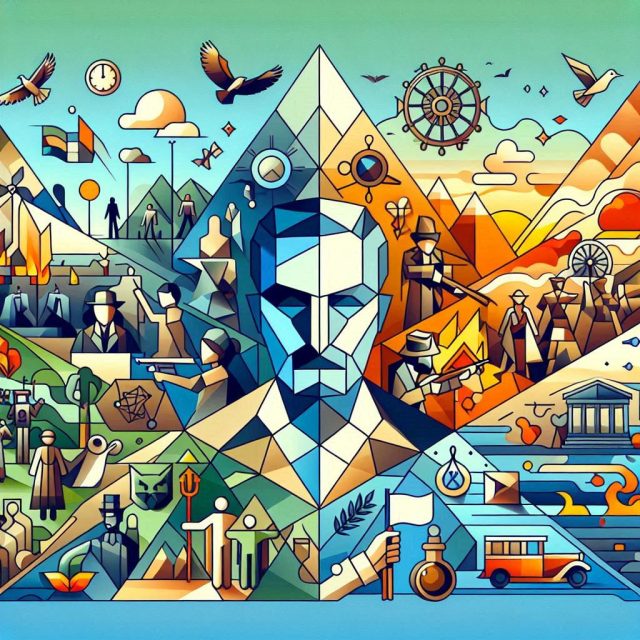The Louis-Hémon Museum invites you to explore your creativity, wherever you are.
Our collection of Activities to go lets you extend the museum experience at home, in the classroom, at camp, or anywhere else. Whether you’re alone, with family, or in a group, our activities adapt to all ages and skill levels.
Ready to unleash your creativity?
The activities below can be combined or used as individual creative exercises.
The cultural outreach of this hub is made possible thanks to the support of Hydro-Québec.
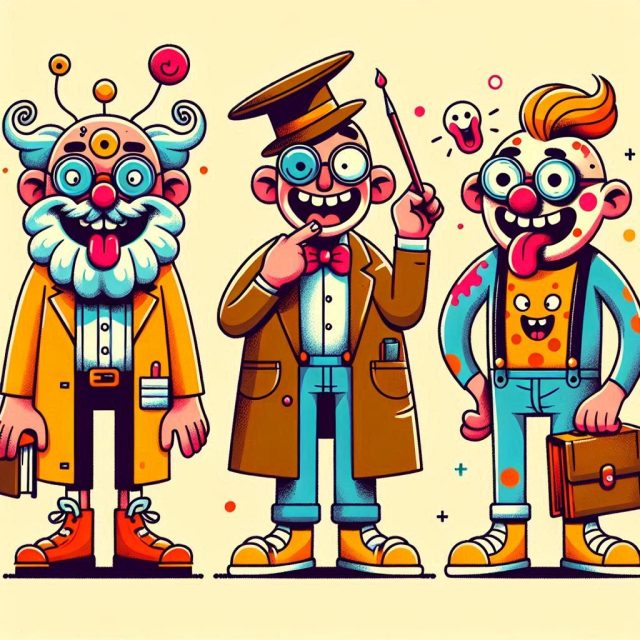
Quirky Characters
At Home, Camping, or at the Cabin, Everyone in the Group Goes on a Hunt!
- Set the Timer : One person starts a timer (one to three minutes, depending on the size of the play area).
- The Hunt : Each participant searches for 2 or 3 objects (small items, natural elements, pieces of clothing, etc.).
- Form a Circle : The group gathers in a circle, and each person hands their objects to the person on their right.
- Create a Character : Each participant then invents a character based on the objects they now hold. The objects can represent physical traits or personality characteristics.

A Fantastical Place
Grab pencils, paper, and scissors.
On strips of paper, everyone in the group writes down: a) a color; b) a material (wood, stone, metal, fabric, etc.); c) a real or imaginary being; d) an adjective (huge, syrupy, rare, etc.).
The strips are placed into four separate containers based on their category.
Taking turns, each participant randomly picks one item from each category.
Using the selected elements, everyone must imagine a place. This place can be described in words or drawn.
Each person then presents the place they’ve imagined to the entire group.
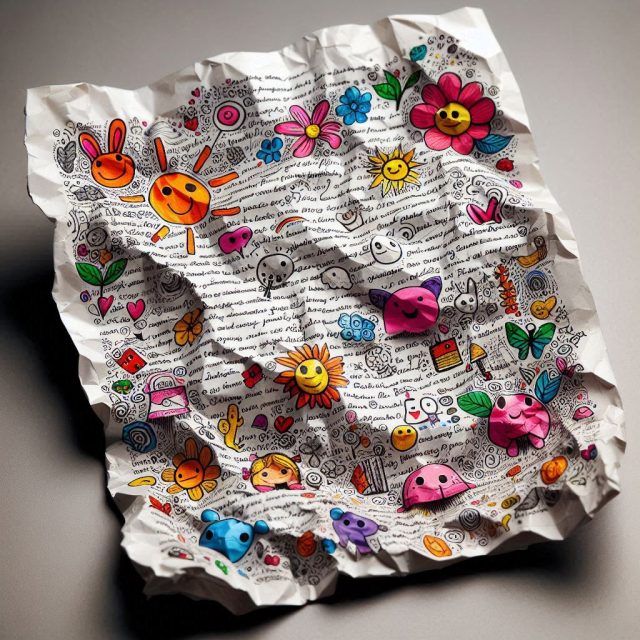
Mystical Poetry
Grab your brushes, felt-tip or pencil crayons, and stickers.
- Choose a page from a book, newspaper, magazine, etc.
- On the chosen page, circle, highlight, or mark in your own way the words or phrases you’d like to emphasize. You can select excerpts that will form sentences when connected.
- Then, black out the rest of the page to make your chosen words stand out, or draw around them.
- Make sure the words or phrases are clearly highlighted.
- Once the activity is complete, share your creation.”
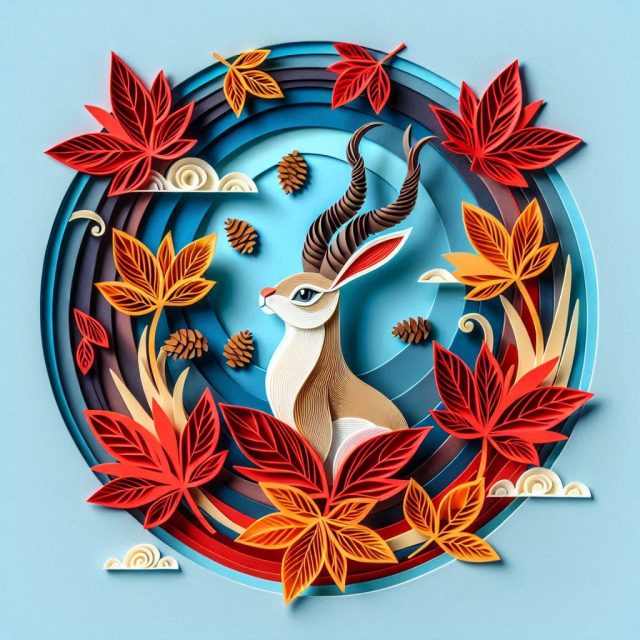
The Unusuals
On your marks, ready, pick!
- On strips of paper, everyone in the group writes down six names of animals and objects.
- Place the strips into a jar.
- Taking turns, each participant randomly draws two strips.
- Combine the two items you’ve picked to create a surprising new object or character (e.g., a turtle-book or a rabbit-antelope).
- Draw your creation.
- Each person then presents their newly imagined object or character to the entire group.

The League of Amazing Senses
All Your Senses on High Alert.”
- Imagine each sense as a character.
- For each sense-character, invent a superpower related to its function.
- Create a supervillain who wants to deprive the world of its senses. Give them a name and describe their appearance and motivations.
- Write a short story where the sense-heroes must work together to defeat the villain. Think about how each sense can contribute to the victory.
- Choose an important scene from their story (e.g., the final confrontation) and describe it using the five senses: a) What the sense-heroes see (colors, lights, movements). b) What they hear (sounds, noises, voices). c) What they smell (environmental scents). d) What they taste (if relevant to the scene). e) What they feel through touch (textures, temperatures).
- Present their story and sensory scene to your friends or class in the form of a short comic, theatrical sketch, illustrated story, etc.
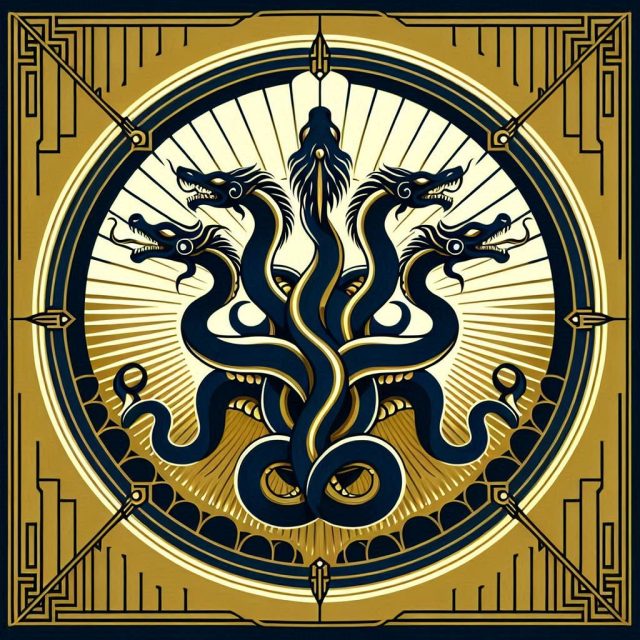
The Hydra with Five Rhymes
With the help of a rhyming dictionary or a partner:
- Find or compose a simple sentence with seven to ten words (e.g., The black cat sleeps on the mat ).
- Compose a second sentence that rhymes with the last syllable of the first sentence (e.g., The dog chews a bone with a snap).
- Imagine a third sentence that rhymes with the last syllable of the second sentence and with a syllable that precedes it (e.g., A mouse hides away in a trap ).
- Find a fourth sentence that rhymes not only with the same two syllables as the previous one but also with a syllable that precedes them (e.g., A bird flies low to escape the flap ).
- Continue your composition until you achieve a line where five syllables rhyme.
Increase the difficulty by limiting yourself to verses of ten words or fewer.

Two of a Kind
In Teams of Two.
- Take a sheet of paper and divide it into six comic-strip panels.
- Randomly decide who will start.
- That person has 3 minutes to write the text for the first panel (narrations, dialogues, sound effects, etc.).
- Once the time is up, the second person then has 4 minutes to draw it.
- For each of the remaining panels, alternate roles (the illustrator becomes the writer, and vice versa) until the comic strip is complete.
- Finish your comic together by adding colors or extra details if needed.
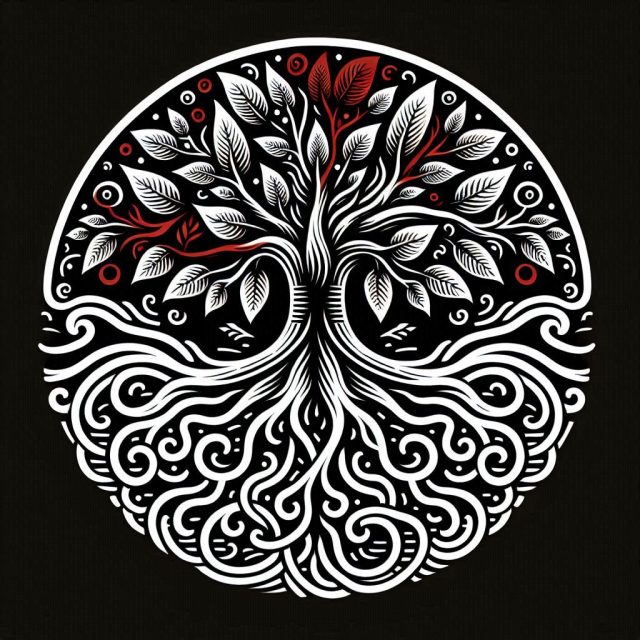
The Made-Up Family
On a rainy or windy day:
- Gather family photos or search for images in magazines, books, or online. Diversify your images (people, animals, fictional characters).
- Photocopy or print your selected images.
- Draw the structure of a family tree on a piece of cardboard and glue the chosen faces onto it.
- Give them unusual names and imaginary family relationships.
- Then, imagine the story of the family you’ve just created by writing a short, whimsical biography for each member.
- Present your family tree to your friends or class, sharing the quirky family history you’ve invented.



